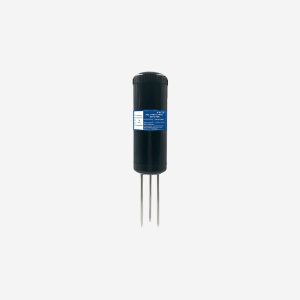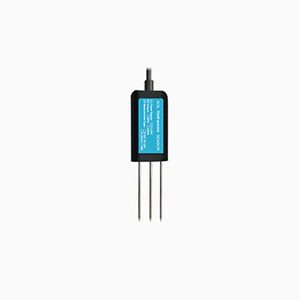产品介绍

我们将 RS485 土壤 pH 传感器应用于土壤 PH 测试和其他 pH 监测场合。传感器输入电源、感应探头、信号输出三部分完全隔离。安全可靠,外形美观,安装方便。适用于农业种植、工业生产、环境监测、畜牧业和污水处理。RS485 土壤 pH 传感器
*型号:JXBS – 3001
*最小起订量:1件
*交货日期:24小时内
RS485 土壤 pH 传感器特征
检测器采用大尺寸全彩液晶屏,可实时显示读数。同时,采用了国际各大厂的数字芯片设计的检测电路,可以达到极高的灵敏度和优异的重复性。外壳采用工业高强度复合塑料制成,强度感好。
1. 大屏幕显示和大容量存储。
2. 关键功能多样化。
3. 零点漂移小,重复性好。
4. 自动报警/消除功能。
5. 功耗低,寿命长。
6. 灵敏度高,响应速度快。
7. 一键数据导出,方便快捷。
8、产品通过多种测试,抗干扰能力强。
9. 支持云数据上报。

产品参数:

| Parameter name | Measuring range | Unit |
| Power supply range | lithium battery | |
| Measurement range | PH:3-9 | |
| Measurement principle | galvanic cell | |
| Display | Three rows 105*55 | cm |
| Storage | 200,000 | sets |
| Size | 125 * 65 * 45 | mm |
| Communication mode | USB (read, see DB9 interface description for details) | |
| Operating temperature | .-20~50 | ℃ |
| Operating humidity | 0~90% | |
| Communication protocol | Modbus serial communication protocol | |
| Charging time | ≤4H | |
| Connectable device | 1~8 | sets |
How to use soil pH sensor?
For the first use, it is necessary to insert several times into the soil to remove the oxide film from the probe surface. The probe is then inserted vertically into the soil, avoiding rocks. In addition, you can manually dig a pit in the ground, then insert the sensor horizontally into the pit wall and bury the map.
Soil pH sensor measures area
The measuring area is a cylinder centered at the center of the two probes, with a diameter of 5 cm and the same height as the probes. As shown in the picture:
Measurement area:
φ=5cm, the cylinder is the same height as the probe

Precautions for using soil pH sensor:
1. All probes must be inserted into the soil during measurement.
2. Pay attention to lightning protection when using in the field.
3, do not force to bend the probe, force to pull the sensor lead, do not force to hit or hit the sensor.
4, sensor protection class IP68, can be immersed in water.
5, due to the presence of radio frequency electromagnetic radiation in the air, it is not suitable to keep the power state in the air for a long time.
FAQs:
1. How does the soil NPK sensor work?
Soil N, P and K sensor is suitable for detecting the content of N, P and K in soil, and the soil fertility can be judged by detecting the conductance transformation caused by different concentrations of N, P and K in soil.
2. What is the output of the soil moisture sensor?
The probe is powered by 4.5~30V DC power supply, and the output signal is standard RS485modbus protocol.
The probe uses 10~30V DC power supply, the output signal can be 4-20MA, 0-5V, 0-10V.
The probe is powered by a DC 3.6V lithium battery with wireless output, such as LORA output.




Reviews
There are no reviews yet.